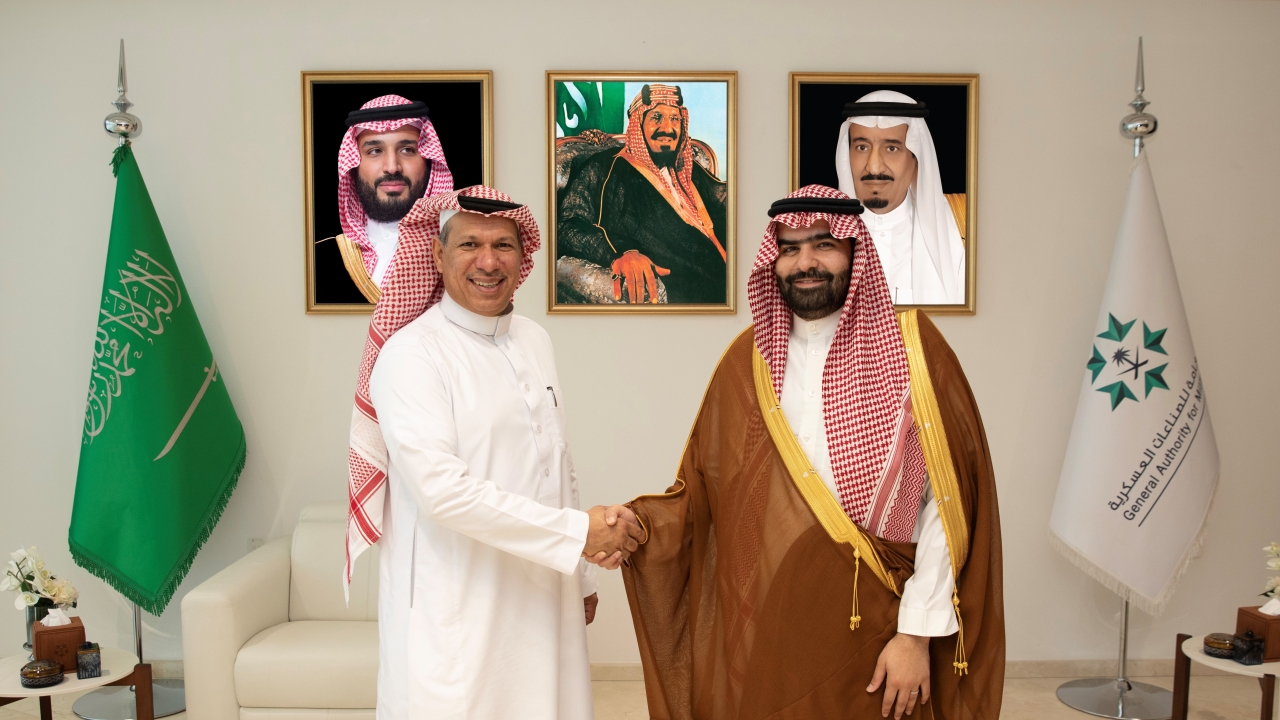JSF in the mix for UAE
Jon Lake looks at the latest moves in the UAE's long-running search for a next-generation fighter.

The UAE has evaluated a number of fighter aircraft including the Dassault Rafale, Boeing’s Advanced Super Hornet and Advanced F-15 and the Eurofighter Typhoon.
Emirati attention now seems to have switched back to the Advanced F-15, already entering service with the Royal Saudi Air Force as the F-15SA and now ordered by Qatar as the F-15QA. These orders promise to keep the F-15 production line out to 2022.
Following a meeting between US Defence Secretary, James Mattis, and Sheikh Mohammad Bin Zayed Al Nahyan, deputy supreme commander of the UAE Armed Forces and Crown Prince of Abu Dhabi, reports emerged of renewed Emirati interest in the F-15, possibly as part of a two-phase deal that would also see the UAE Air Force eventually acquiring the Lockheed Martin F-35 Joint Strike Fighter.
In March, it was reported that the crown prince had received reassurances from US President, Donald Trump, about the possibility of the UAE acquiring fifth generation fighter jets.
A host of new capabilities have been added to the F-15 through the development of advanced derivatives of the F-15E Strike Eagle for South Korea (F-15K Slam Eagle), Singapore (F-15SG) and Saudi Arabia, as well as via upgrade and modernisation programmes for USAF F-15C/D Eagle fighters and F-15E Strike Eagle fighter-bombers.
Any new Advanced F-15 customer can now opt for active electronically scanned array (AESA) radar, new cockpit displays (including F-35 type large area displays), helmet-mounted sighting and display systems, advanced new electronic warfare and self protection systems, conformal fuel tanks and even a new wing with a longer fatigue life and two additional under-wing hardpoints, while the aircraft is compatible with a wide variety of advanced weapons.
A number of low-observable (stealth) features were developed under the F-15SE Silent Eagle programme, including conformal weapons bays for internal weapons carriage and a number of radar cross-section (RCS) reduction features, most obviously including canted tailfins. Though none of these features have been incorporated in the Saudi F-15SAs, and are not thought to be featured on the Qatari aircraft, they remain notionally available to other customers, including the UAE.
The aircraft’s raw performance remains impressive, even by modern standards, and it has a very useful payload range capability. Especially when coupled with advanced stand-off weapons, the Advanced F-15 gives its operators semi-strategic reach.
This may not be enough for the UAE, however, whose MBDA Black Shaheen cruise missile is an export variant of Storm Shadow and has a range of approximately 300 nautical miles (560 km) – roughly twice the range of the AGM-84H/K SLAM-ER, which is the main stand-off weapon offered with Advanced F-15 export versions.
The USAF is currently upgrading and modernising its Eagles, preparing them for further service, and including the integration of BAE Systems’ Eagle passive active warning survivability system (EPAWSS) on 400 F-15Es and F-15Cs.
The F-15C is now expected to remain in service until replaced by the next generation penetrating counter-air (PCA) platform, which is scheduled to reach initial operational capability in the mid- to late 2020s.
Steve Parker, Boeing’s vice-president of F-15 programmes, reportedly said that though PCA would be a new platform, any Boeing PCA candidate aircraft would feature technology developed on the F-15 and hinted that the aircraft’s outer mould line could be changed very easily, and that PCA would be “different from a wrapper perspective”.
But for the UAE, any F-15 purchase could prove to be an interim step, since the UAE Air Force and Air Defence wants to acquire the fully fifth generation F-35 Joint Strike Fighter.
But the F-35 may not be the only fifth generation option for the UAE.
At the IDEX 2017 show in Abu Dhabi, Russian media reported the signing of a military and industrial cooperation agreement between the UAE and Russia, including the “creation, development and supply of a fifth-generation fighter jet” to fly some time after 2025.
This could see the UAE supporting and part-funding the Russian lightweight multi-role fighter (LMFS) programme, which aims to produce a replacement for the MiG-29.
Russian sources also reported Emirati interest in the Sukhoi Su-35, though many western analysts believe that any talks between the UAE and Russia are principally intended as a means of applying leverage on the US to ensure access to the F-35.
Stay up to date
Subscribe to the free Times Aerospace newsletter and receive the latest content every week. We'll never share your email address.

